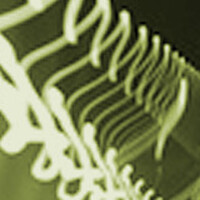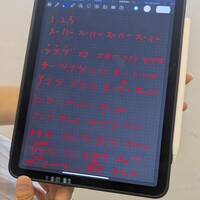ArtsCross as a cross-cultural ecosystem – a short provocation or thought experiment
Blog post
What might we learn about ArtsCross if we consider it as a temporary ecosystem? And how might we conceive of the kinetics of this particular ecosystem? Having been part of ArtsCross multiple times since its TNUA iteration in 2011 in Taipei, the familiarity of its structure and some of its parts, set off against new and idiosyncratic elements in each iteration (in terms of some of its participants, spaces, themes, institutions…), opens up questions to me about the particularity of the kind of ecosystem it produces.
Thinking of ArtsCross in terms of an ecosystem allows us to consider the relations amongst its various actors, their ways of connecting and their particular quality of connecting, also the kinds of structures it draws on and generates. The notion of ecosystem also creates a lens that considers a community of interacting organisms in relation to their physical and/or structural environment.
Beyond this, a kinetic focus considers the forces of things that are moving, as well as the relationship between movement and its causes. Kinetics, in simple terms, is what involves or produces movement. So, what are the particular kinetics of the ArtsCross ecosystem? What is its kinetic energy and force, how does it flow through and shape its ecosystem? What kind of legacy does it produce?
ArtsCross makes something quite specific happen, which does not readily mirror aspects of the wider dance ecosystems in any of the places that are involved in this project – neither the professional dance scene, nor the institutional training systems. Instead, it presents a sharing and exchange of a particular set of resources that involve an unusual mixture of components – these involve people from differing situated contexts with complex sets of skills in dance and choreography-making (both in-training as well as professional), its related dance theories and discourses, a pedagogic angle through the ways in which various institutions involved bring in their students or graduates, as well as practice/research perspectives of some of the scholars and practitioners involved.

ArtsCross structurally creates shared time in studios of people who usually might not spend time together in this way, yet are still connected in their interest and concern for dance practice. In this regard it centres the notion of process, with a particular inflection on the coming together of diverse cultural identities and material as well as immaterial resources. Perhaps without knowing it, it also produces new and idiosyncratic methodologies.
We might also consider the values that this temporary ecosystem puts forward and experiments with. Structurally, ArtsCross advocates for a culture of inclusivity through its insistence on dancers, choreographers, scholars and organisers from various locations working in close collaboration, thus also creating new temporary communities. Yet it inevitably also involves structural imbalances due to funding parameters and other logistics. It works according to the logics of project-based work that draws on socially constructed resources from the respective institutions and actors involved. It invites discourse around the politics of difference alongside shared understandings.
I propose to further consider such aspects, perhaps alongside the ways in which the ArtsCross ecosystem might generate a particular politics of practice in and beyond the rehearsal spaces, as well as the potential for a growth of a new aesthetics, both in terms of dance practice and its connected discourse…
Posted by

Stefanie Sachsenmaier

